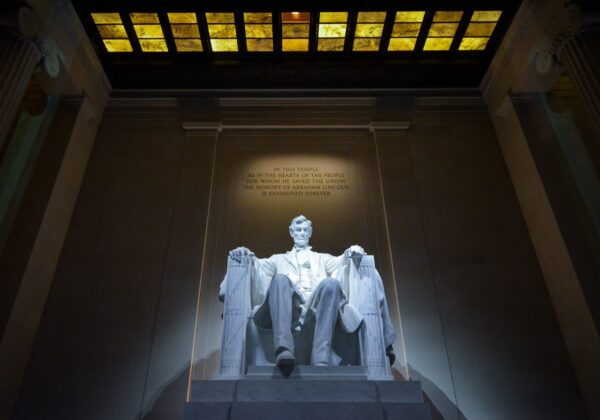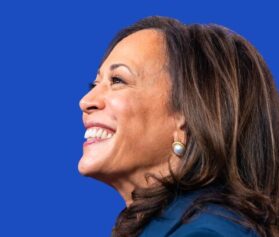Inequity in American society is not new. And while it’s present in various facets of life, one of the most striking areas is the wealth gap existing between white Americans and Blacks. White Americans have a median household wealth of at least $139,300, compared to $12,780 for Black Americans.
The city of Washington, DC. had the biggest racial wealth gap, according to a recent WalletHub study that looked at the wealth gap and provided insight on how to close it.

WalletHub study, “2022’s States with the Biggest & Smallest Wealth Gaps by Race/Ethnicity,” uses 21 key metrics to determine racial wealth gaps in the 50 states and the District of Columbia. Following D.C., Wisconsin, Minnesota, Iowa, Connecticut, Massachusetts, North Dakota, Nebraska, Rhode Island and Utah rounded out the top 10 states with the largest wealth gaps.
The study categorizes the following wealth gaps by racial and ethnic groups. These categories include median income, homeownership, unemployment, educational attainment and poverty. The study’s most significant findings include:
- In all categories, the most disadvantaged racial/ethnic group by state and the District of Columbia were always Black or Latino Americans.
- The District of Columbia possesses the largest median income gap — with Black Americans considered the most disadvantaged group.
- West Virginia has the lowest median income gap. However, Black Americans are also the most disadvantaged group in the state in every category analyzed.
- The highest homeownership rate gap is three times higher in North Dakota than in Virginia.
- The poverty rate in the District of Columbia is 306 percent, six times higher than in Hawaii.
- The unemployment rate gap in the District of Columbia is 20 times higher than in Oregon.
The study also look at ways to help close the wealth gap. “Financial education, entrepreneurship programs, and similar interventions are only part of the solution in alleviating the race gap in wealth,” Dalton Conley, professor, Princeton University, told WalletHub. “There has to be some capital infusion into low wealth communities as well. That could be race-neutral and focus on low net-worth households through, say, baby bonds or other savings/asset programs. It could also be indirect by boosting income, such as through the expanded child tax credits.”
The greatest factors allowing the racial wealth gap to persist are residential segregation as well as unequal access to educational and employment opportunities.
“Economists generally agree that improved access to good quality education for all children is critical to easing economic inequalities in the long run,” professor Patricia K. Smith of the University of Michigan-Dearborn told WalletHub. “Improving access to financial markets is also critical, so everyone faces the same costs to borrow money in order to attend college or vocational training, or buy a home or business.”




